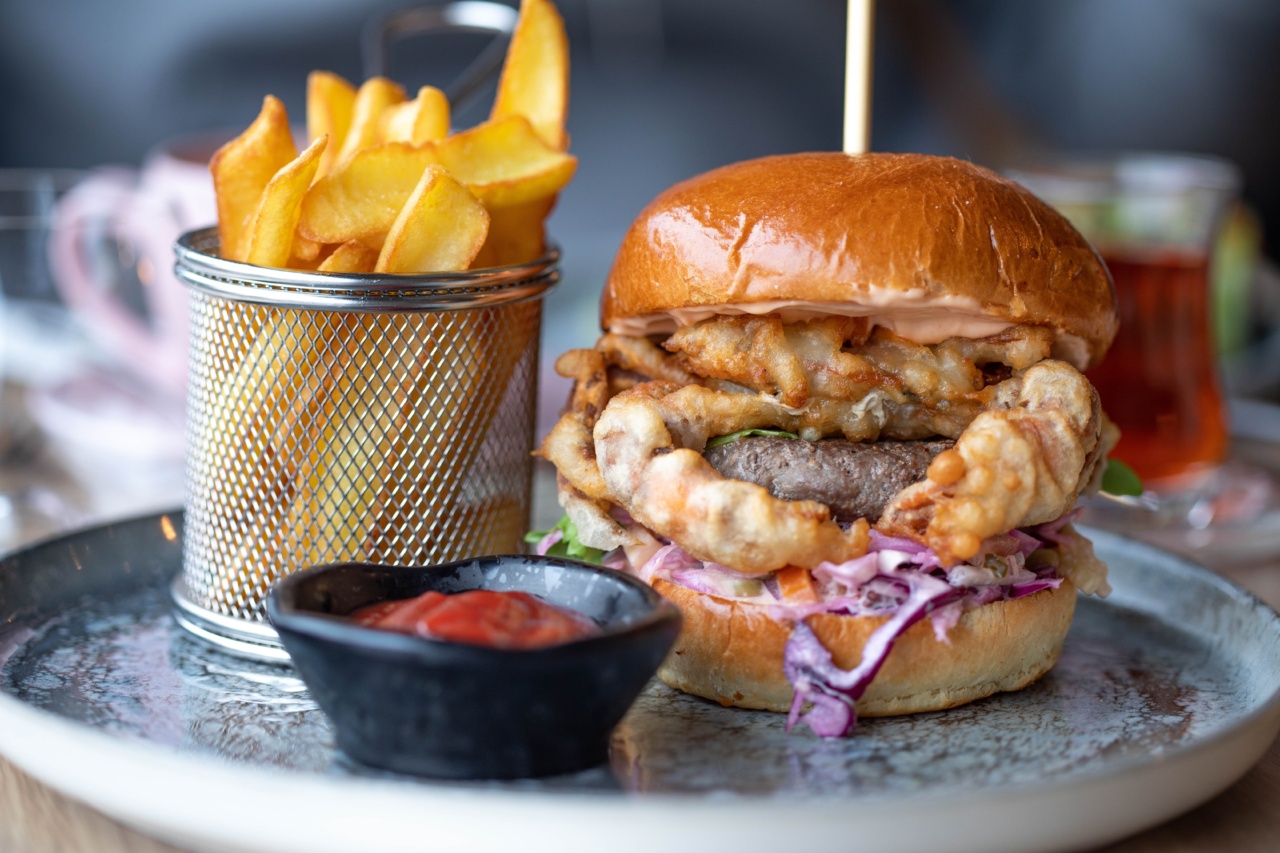Visible fat can not only affect your appearance but also contribute to various health issues. It is essential to understand how to measure and reduce visible fat effectively.
In this article, we will explore three methods of determining visible fat and provide tips on reducing it for a healthier lifestyle.
Method 1: Body Mass Index (BMI)
One common method for measuring visible fat is by using the Body Mass Index (BMI). BMI is calculated by dividing a person’s weight in kilograms by the square of their height in meters.
The resulting value indicates whether an individual is underweight, normal weight, overweight, or obese.
Method 2: Waist-to-Hip Ratio (WHR)
The Waist-to-Hip Ratio (WHR) provides another insight into visible fat distribution. To measure this ratio, first, measure your waist circumference at the narrowest point. Next, measure your hip circumference at the widest point.
Divide the waist measurement by the hip measurement to determine your WHR. Higher WHR values indicate a higher accumulation of visible fat around the waist, which can be a risk for certain health conditions.
Method 3: Skinfold Thickness Measurements
Skincare professionals often use skinfold thickness measurements to estimate the amount of subcutaneous visible fat.
This method involves using skinfold calipers to measure the thickness of fat located just beneath the skin’s surface at various body sites. These measurements are then used to calculate body fat percentage. While this method provides a more direct way to quantify visible fat, it may require professional assistance for accurate results.
Tips for Reducing Visible Fat
Reducing visible fat involves a combination of healthy eating habits and regular physical activity. Here are some tips to help you get started:.
1. Adopt a Balanced Diet
Eating a balanced diet can contribute significantly to reducing visible fat. Focus on consuming whole foods, such as fruits, vegetables, lean proteins, and whole grains.
Limit your intake of saturated and trans fats, as these can promote fat accumulation.
2. Monitor Portion Sizes
Controlling portion sizes plays a crucial role in managing visible fat. Be mindful of the amount of food you consume in each meal and avoid oversized portions. Consider using smaller plates and bowls to portion meals appropriately.
3. Engage in Regular Exercise
Physical activity is vital for reducing visible fat. Incorporate aerobic exercises, such as jogging, swimming, and cycling, into your routine.
Additionally, including strength training exercises can help build muscle mass, which can increase your metabolism and aid in fat reduction.
4. Stay Hydrated
Drinking an adequate amount of water throughout the day can support your weight loss efforts. Water helps keep you hydrated, boosts your metabolism, and can help reduce calorie intake by decreasing hunger.
5. Get Sufficient Sleep
Research has shown a correlation between inadequate sleep and increased visible fat. Aim for seven to eight hours of quality sleep each night to support a healthy weight and overall well-being.
6. Manage Stress Levels
High levels of stress can lead to weight gain and increased visible fat. Practice stress-management techniques, such as meditation, deep breathing exercises, or engaging in hobbies to help reduce stress levels and promote a healthier lifestyle.
7. Seek Professional Guidance
If you are struggling with reducing visible fat, consider seeking guidance from a healthcare professional or a registered dietitian. They can provide personalized advice and create a tailored plan to help you reach your goals.
8. Track Progress and Stay Motivated
Keep track of your progress by measuring visible fat using the methods discussed earlier. This can help you stay motivated and make adjustments to your lifestyle as needed. Remember that visible fat reduction is a gradual process, and consistency is key.
9. Surround Yourself with Support
Engage with friends, family, or communities that support your health goals. Having a support system can provide encouragement, accountability, and make the journey toward reducing visible fat more enjoyable.
10. Celebrate Non-Scale Victories
Visible fat reduction is not solely about the numbers on a scale. Celebrate non-scale victories such as increased energy levels, improved mood, or fitting into clothes more comfortably.
These achievements can help maintain motivation throughout your journey.
Conclusion
Determining visible fat can be done through various methods, including BMI, WHR, and skinfold thickness measurements.
By incorporating healthy habits such as balanced nutrition, regular exercise, and effective stress management, you can reduce visible fat and improve your overall well-being. Remember to consult with professionals when needed and embrace the process. By persistently applying these tips and maintaining a positive mindset, you are on your way to a healthier, more confident you.































